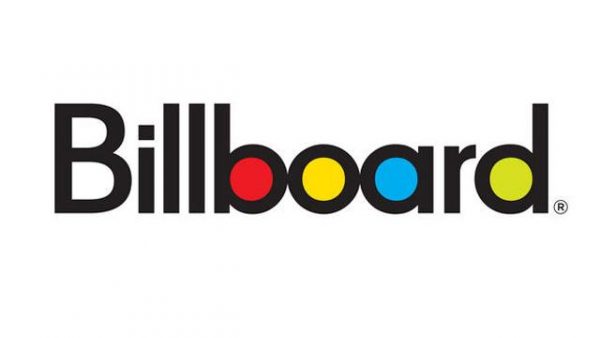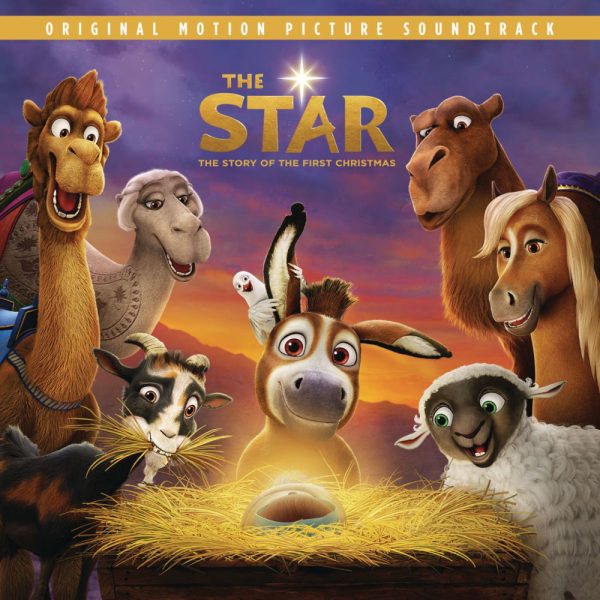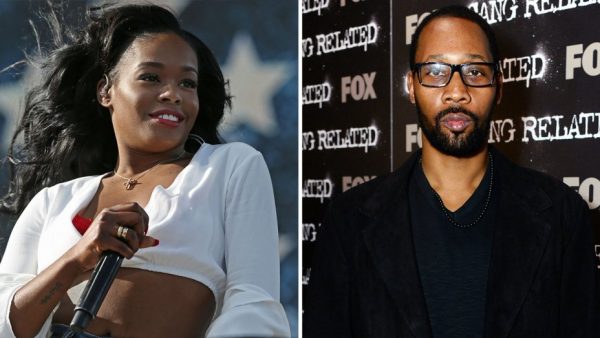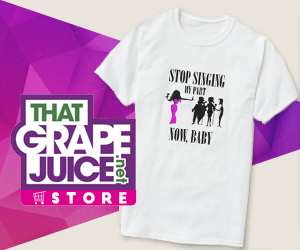The last few years have seen a heightened lens placed on music streaming, on-demand services, and how they represent consumer interests. With that, Billboard – the industry leader in ranking music consumption and song popularity – has been faced with the task of continuously updating its means of data calculation to ensure fair and accurate reporting for chart placements.
Positions on the Hot 100 (singles charts) were at one time solely comprised of radio airplay and sales (physical and digital), while the Billboard 200 (album charts) were comprised solely of sales of the whole album (physical and digital). In 2014 (as we reported here), after stunning fans with the incorporation of certain platform streaming figures in Hot 100 placements (read more here), the Billboard 200’s placement calculation formula was updated to include album and individual track streams and individual track downloads. As time went on, the Hot 100’s data went on to include Pandora (read more here), Soundcloud (read more here), and more. The moves – though controversial at the onset – were reflective of streaming becoming the industry’s biggest moneymaker (read more on that here).
Now, with controversy around ticket bundling, paid streaming (i.e. Spotify, Apple Music) versus free streaming (Youtube), and more considered, the Music Bible has revealed yet another shake-up in how it will formulate what data goes into placing songs and albums on their respective charts:



































